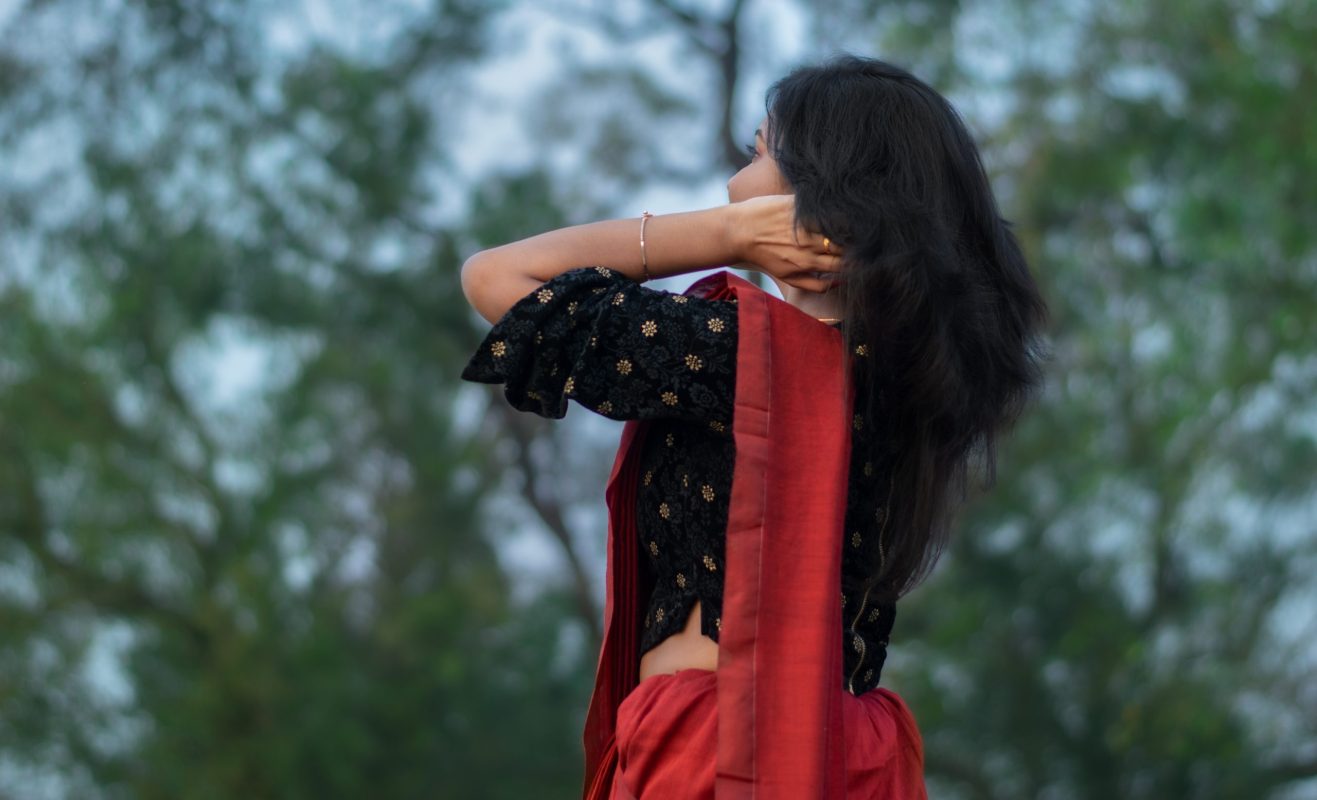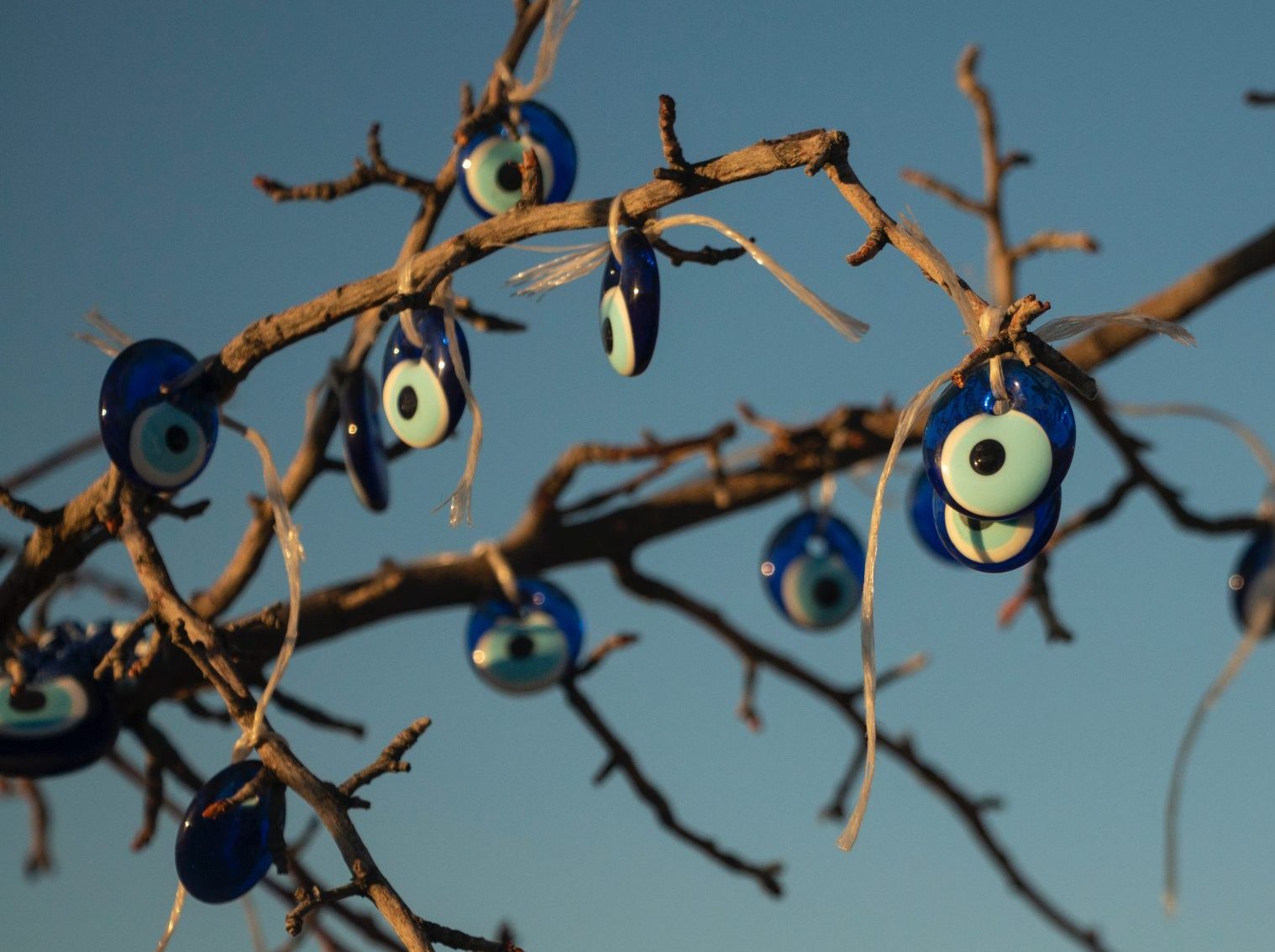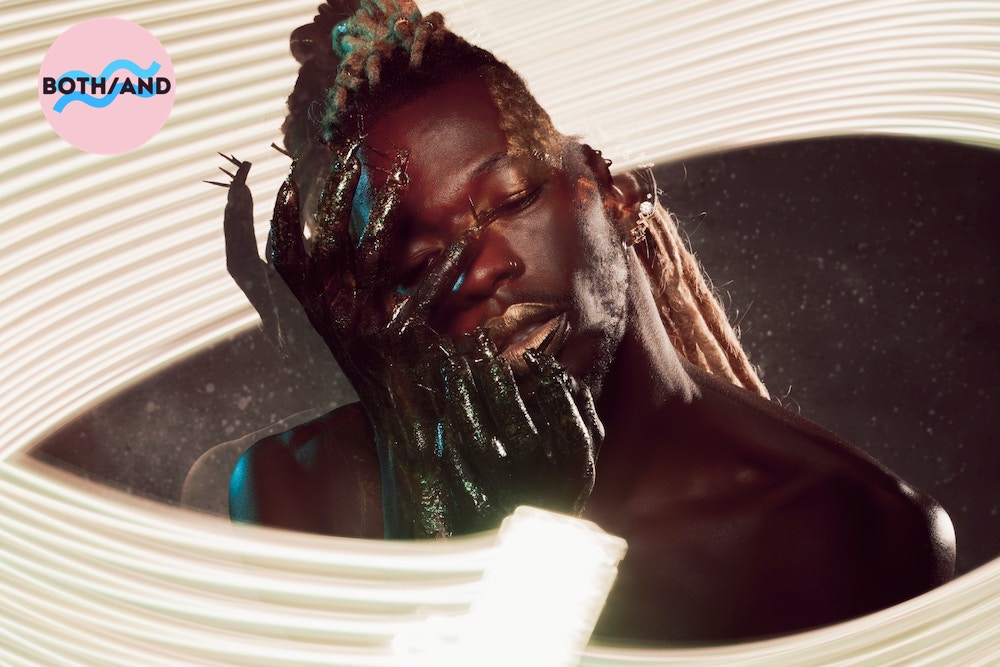interviews
A Portrait of an Angry Young Woman Set in Contemporary India
Naheed Phiroze Patel's novel "Mirror Made of Rain" explores female rage as a righteous response to patriarchal oppression

Naheed Phiroze Patel’s debut novel Mirror Made of Rain follows Noomi Wadia, an indignant young woman raised in a Parsi family in India, through a world that is keen to control women and safeguard long-established pecking orders. Since her childhood, Noomi has had a difficult relationship with her mother Asha, who battles severe alcohol dependence. However, coming of age in the affluent but parochial society of Kamalpur, Noomi risks falling into the same patterns of addiction and destructive behaviors she associates with her mother.
As Noomi hankers to overcome her suffocating circumstances, Patel’s novel traces the deep connections between our society’s cruel treatment of women and the catastrophic turns women take in their lives. Mirror Made of Rain grapples with the fundamental question: how to thrive in a society that is hostile to your survival?
While Noomi’s story bears witness to the long-term consequences of a trauma-inducing childhood, it also hints at the possibilities of healing and redemption. Patel excels at portraying damaging relationships with tenderness and humor. Since its publication in India, a few months prior to the US release, the novel has been shortlisted for the Atta Galatta Book Prize, She the People’s The Women Writer’s Prize, and longlisted for an AutHer Award in Fiction.
I spoke with Patel over Zoom about how addiction and trauma are examined in her novel and her portrait of an angry young woman set in contemporary India.
Torsa Ghosal: What struck me immediately reading your book was your approach to anger as a multilayered emotion with roots in a fraught mother-daughter relationship as well as various social contradictions. Both Noomi and Asha hold a lot of anger and resentment, but you deftly show that these women’s feelings are related to social problems. Can you talk to me about what prompted you to explore anger and angst as socially-grounded, gendered issues—gendered not only in the sense of how women embody and express anger, but also how their families pathologize their expressions?
Naheed Phiroze Patel: I think a lot about how men’s anger has always been mythologized—while the anger of women is pathologized—by contemporary society. In India, you have Amitabh Bachchan who rose to Bollywood superstardom playing the “angry young man” in many iconic movie roles. Then decades later, Shahrukh Khan became a household name playing a brand of angry, abusive “anti-hero.” When men get angry it is seen as righteous, their rebellion is framed heroically while women’s anger is—just to riff off your Public Seminar essay—dismissed as melodrama, as making a fuss. Angry women are seen as defying their societally imposed roles of being nurturing and making everyone feel comfortable. When women start making other people feel uncomfortable, they are punished for it. I wanted to start a conversation about how the discomfort angry women elicit is pathologized. It is really a system at work. In my novel, the two main women characters are highly antagonistic to each other, but they are also antagonized by the larger system of the family, of patriarchy, of the social setting in which they must survive.
TG: This certainly comes across. Society is discomfited by women’s anger, desire, and indeed a range of emotions, but it enables men’s violent self-expressions. We get to see several men transgress over the course of your novel and women deal with the repercussions. What was your impetus for depicting difficult relationships between women, particularly the fraught mother-daughter relation?
NP: Yeah, there are a lot of situations in which women become the enforcers of patriarchy, or are enablers of abusive, transgressive men, or are retroactively forgiving of their abuse.
In Asha and Noomi’s relationship, I think the big question that remains unanswered from Noomi’s point of view is, why doesn’t my mother love me? Like, this is a truth universally acknowledged: Mothers are kind. Mothers are self-sacrificing. Mothers give their children comfort and nourishment. So why is Noomi’s mother not able to?
When men get angry, it is seen as righteous, their rebellion is framed heroically while women’s anger is dismissed as melodrama, as making a fuss.
I don’t think she finds the answer to that. The impossibility of answering that question subverts assumptions about women being protective of each other no matter what. If Noomi cannot even rely on the sacrosanct mother-child relationship, what can she rely on? I think the answer is Jeh, her father, who is a better model of maternal love. He displays more of those nurturing characteristics. He is an ally, but even he is constrained by the expectations from his gender. Because he is a man, he is seen as weak or as a pushover, not only by the society, but by Noomi and Asha as well. I wanted to complicate the notion that women are automatic allies of each other. If my reader comes away with more questions than answers after reading about these relationships, I think that’s maybe a really good thing.
TG: You also offer a rather tender and intimate portrait of addiction. I am thinking of the moment when Noomi says “it wasn’t hard to see why Asha drank the way she did. Alcohol was a hug, like religion, music, art, it is the symptoms of living in this world as a woman.” Like anger, you treat addiction as connected with gendered experiences. How did you start perceiving this connection? In your opinion, to what extent are the gendered aspects of addiction recognized in our culture?
NP: There was a larger question to me always about how addiction is understood in popular culture as well as in real life. I remember feeling pretty disturbed with the pictures that came out when Amy Winehouse died. I think it was in 2011. I remember this one picture of her in a red bra with broken shoes, crying hysterically, walking around her London neighborhood, and how the media made fun of her. Coming from a system where addiction is either romanticized, when it is men struggling with alcoholism, or it is hidden and treated as a taboo, when it is women, I just wanted to humanize it, show all its harm, but also approach it with care and empathy. When someone is very sick with something like, say, diabetes or lupus, you don’t make fun of them, and you don’t consider them morally compromised. But we don’t seem to feel the need to do that to people with addiction.
I read Leslie Jamison’s The Recovering, where she talks about her own struggles with drinking and also how the addiction of male writers like Hemingway, Dylan Thomas, Raymond Carver is considered heroic. They are brilliant and restless. Their struggle with alcohol becomes a brick in the edifice of the disturbed male genius writer. However, women like Marguerite Duras, Jean Rhys, Elizabeth Bishop who have struggled out in the open with alcohol are treated as melodramatic wretches, as train wrecks with no heroic spin to their addiction. So, yeah, addiction complicates men, but it flattens women’s personalities, their art, their characters down to one thing, which is want, which is the addict.
TG: You are making me reflect on Ghazal poems from the Indian subcontinent. These poems are haunting and beautiful, but also romanticize the figure of the alcoholic male speaker.
NP: Yes. Let’s not forget the movie, Devadas. I watched it like a hundred years ago, but it’s basically Shahrukh Khan drinking himself to death for “love” that is highly toxic, but it is shown with so much beauty, so much poetry, so much romanticism.
TG: The movie is based on a Bengali novel by Sarat Chandra Chattopadhyay, and the novel is relatively more mindful of class and caste in its depiction of this man’s obsession, but, of course, Bollywood took it to a different direction.
NP: Yes.
TG: I think it’s fair to say your novel offers a troubling picture of motherhood. I am thinking of the experiences you draw attention to, like what happens to women’s bodies at different stages of their lives—including pregnancy—and women’s own inability to understand these changes because so much of this knowledge is kept secret. We don’t know until it is happening to us. And then, there’s the inability of people around to understand these changes. I was struck by the scene where Noomi is in the hospital, has just changed into the hospital gown and her husband thinks the procedure is over because she looks fine to him. He has no clue what’s going on. Was it your intention to generate more awareness about these troubling moments?
NP: You bring up a good point about how women’s bodies inhabit the occult. Even mothers don’t pass down the knowledge of what actually happens during childbirth. Or, as in Indian culture, women are fed this fairy tale of marriage as a grand prize. Elders tell you that once you’re married, your life can begin. Girls are primed like that from such an early age. I wanted to portray these situations without judgment, but also without making any of it pretty or palatable to readers. I do think my novel makes knowledge around these rituals less occult, although I don’t think that I went in with a particular goal. I approached the process as a nature documentary. I wanted to show everything that happens around these ceremonies and strip them of their romanticism. So, the book presents everything in a very straightforward way. I tried very hard not to put my hand on the scales. The narrative does not build up or break down any character. You are never told that this is bad, or this is good, or this is ridiculous. It’s all kind of just laid out for the reader.
TG: Veer, who Noomi chooses to marry, is intriguing in this respect. He will support her, but he is also casually dismissive of her. I found it to be a persuasive representation of the seemingly progressive cis-het masculinity. Here is a man who understands that the values of his family are misogynist, and he does not ostensibly share them. At the same time, when he is in that setting, he is eager to not disturb the system. Was it challenging to write a character like Veer and withhold judgment?
Women are fed this fairy tale of marriage as a grand prize. Elders tell you that once you’re married, your life can begin.
NP: Yeah, so even though Noomi tries to push back against what is fed to her by the society, she has absorbed the idea that once you are married, you no longer have to conform to your family’s rules—the idea of marriage as freedom. Meeting Veer, she believes he is her ticket to a different sort of life. He is a liberal guy. He is not misogynistic. But then all her plans are foiled when she meets his family, and they turn out to be incredibly patriarchal. I mean Noomi, too, comes from a patriarchal family, but in her case, the patriarchy is more subtle, more under the table.
To her disappointment, she finds that Veer, for all his liberal markers, is unwilling to confront his family. Even worse, he doesn’t want her to confront them either. I learned a lot about how the notion of women being malleable, easy-going or adjusting is really a way to dissolve their boundaries. Even though Veer doesn’t want to be that person, he helps his family erode Noomi’s boundaries, which is tragic, considering all the hopes she had for her marriage.
TG: The different ways in which misogyny operates in Noomi’s social world is especially apparent in the various party scenes, and there are many of those in this novel. These large gatherings where people are just saying whatever they want and testing one another’s boundaries are portrayed with humor. Through humor you bring out the complex power games played in social gatherings. Looked at one way, these are toxic events, where people hurt each other. Was humor a conscious craft choice from the outset, or was it the lens you were using to observe and document that resulted in the humor?
NP: I’ve always been influenced by writers who take really harmful or depressing situations and point out their sheer absurdity and make us laugh. I think much of Kafka is funny because of that. Gary Shteyngart is another writer who while depicting drastic or dire situations can still make you laugh. Daniil Kharms is also very funny in a really weird, surreal way. Also, P.G. Wodehouse and Victor LaValle. I read a lot of P.G. Wodehouse growing up. Sometimes just the pompous stuffiness of the English aristocracy is hilarious material. I am thinking of Indian writers too who bring out the absurdity of the Indian bureaucracy, or Indian family traditions. In The God of Small Things, Arundhati Roy writes about toxic and horrifying caste-based oppressions, and yet she makes you laugh. The customs are so ridiculous that you have to take a moment and laugh at them, even if it’s a bitter laughter.
Laughing can give you back your power—just being willing to laugh at or not take seriously these absurd oppressive social conventions gives you some agency. And, you know, my book is so voice driven. The voice had to be compelling, but it also had to have enough humor, enough levity for the reader to kind of go along with it.









